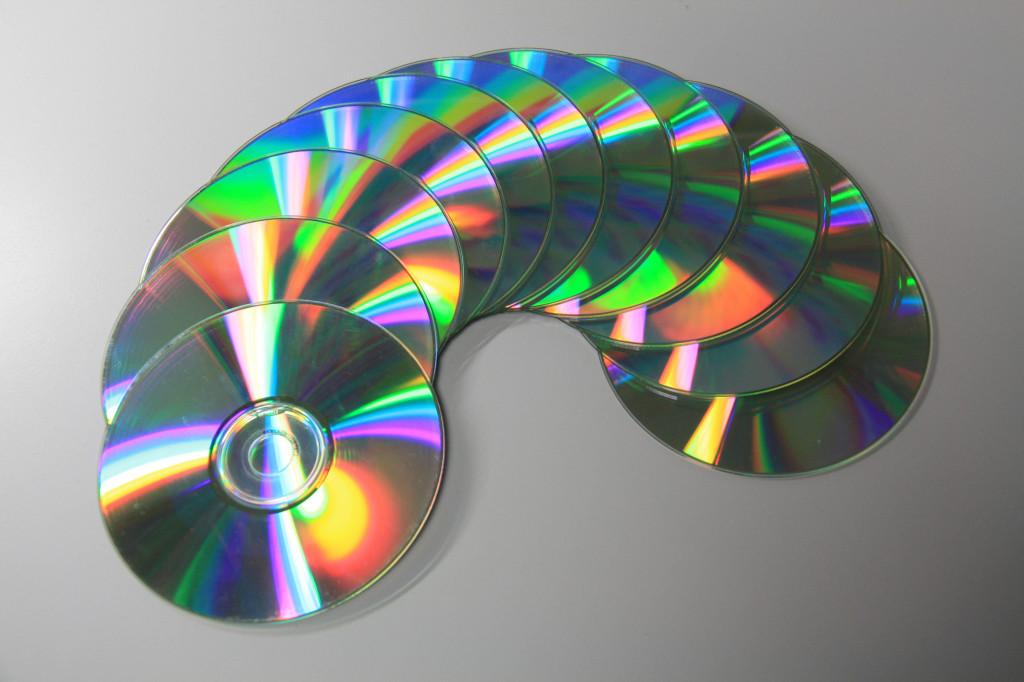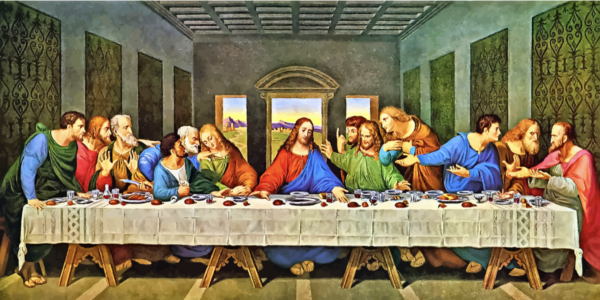The death of the album?
Until the mid-1980s, listening to music was almost a completely different experience than it is nowadays. Millions of songs and albums are now just a click of a button away, while only a few decades ago, albums were bought in shops, played on turntables, and appreciated as a full package—the cover, lyrics, art, and meaning combining to form twelve songs.
The biggest selling album in history is Michael Jackson’s Thriller, with 50 million copies, followed by Pink Floyd’s The Dark Side Of The Moon, with 45 million. According to data measured by Nielsen Soundscan, U.S. album sales fell to 4.49 million in the final week of October 2013, the newest low since 1991. At number one is Katy Perry’s Prism, selling less than 300,000 copies, which was still more than the next eight titles combined (including Miley Cyrus’s Bangerz selling 43,000 copies and Elton John’s The Diving Board with around 11,000 sales). “The album is dying in front of our very eyes,” wrote industry commentator Bob Lefsetz. “Everybody’s interested in the single, and no one’s got time to sit and hear your hour-plus statement.” As it turns out, the recording industry makes about 90% of its total revenue from full-length albums, meaning the continuous drop in album sales (from 800 million in 2002 to 316 million a decade later) could be signaling the end of the line for the classic form.
Some analysts blame cheap or free streaming services such as Spotify and YouTube for the extensive declines. In spite of the harsh disapproval of Spotify by various songwriters, arguing that streaming services pay so poorly they “threaten what remains of a meager living,” streaming now accounts for 16% of the music business’s revenues.
Raising hopes that a long-sought recovery might have begun, recording industries said in February 2013 that their global sales had risen for the first time since 1999. While the miniscule increase of 0.3%, or $16.5 billion, was a long ways away from the $38 billion taken in at the peak of the industry over a decade ago, the figures reinforce the belief that a shift may be occurring. After years of attempting to compete with the temptation of online piracy, digital sales, as well as other new sources of income, grew enough in 2012 to counterbalance the continuing drop in CD sales. As said by Edgar Berger, chief executive of the international arm of Sony Music Entertainment, “at the beginning of the digital revolution it was common to say that digital was killing music. Now, it could be said that digital is saving it.”
Digital revenue continues to come in a variety of forms, including sales of downloaded singles and albums from services such as Apple’s iTunes and, as a more promising source, subscription-based offerings. This includes services such as Spotify, Rhapsody and Muve Music, to which the number of subscribers grew by 44% to 20 million in the past year.
With consumers who are tired of buying single-track downloads turning to streaming services, the question arises: is this good or bad for the album? Ed Christman, of the industry publication Billboard, said there was no definitive data to show that streaming was cannibalizing traditional sales, but he also added that in terms of revenue, it would take 2,000 streams to equal one full album. “Is the album going away?” said Christman. “People have been speculating about that forever. It’s up to the artists to decide what happens to it.”
On the other hand, analysts have attributed much of the decline in album sales to the changing expectations of music listeners. Daniel Hopkins of the column “Ask a Failed Musician” in the Dallas Observer, said in an article geared towards every new, troubled band: “Don’t put out an album. Seriously. Stop it. Established bands backed by massive marketing machines like U2 or Radiohead can afford to do it. You cannot.” Hopkins argues that instead of wasting time and money on the release of one huge slab of music, the average local act might be better off putting out a series of shorter recordings in the hope of combating the “average person’s short attention span,” said Hopkins. “After a few months, it sinks in: Nobody cares anymore. You have no new music to put out because you just threw every song you had on some expensive record, and you’ve dropped below the radar.”
In spite of all these contentions, there is a small ray of hope—the revival of vinyl. In various countries including Britain, Germany, Spain, and the US, vinyl sales are running 39% above last year’s level. Unlike the first revival in the late 1990s, which was driven largely by dance music, these days the most avid vinyl enthusiasts are mostly interested in rock. Many attribute this sudden spike of popularity to a mixture of convenience and beauty. Several vinyl records come with codes for downloading the album from the Internet and fans like having something large and heavy to hold in their hands. Some even think that half the records sold are not actually played. Other than this, vinyl comes with a distinctive factor; as explained by Steve Redmond, a spokesman for Britain’s annual Record Store Day, “it is just cooler than a download.”
Sources: theguardian.com, businessinsider.com, nytimes.com, dallasobserver.com, economist.com












